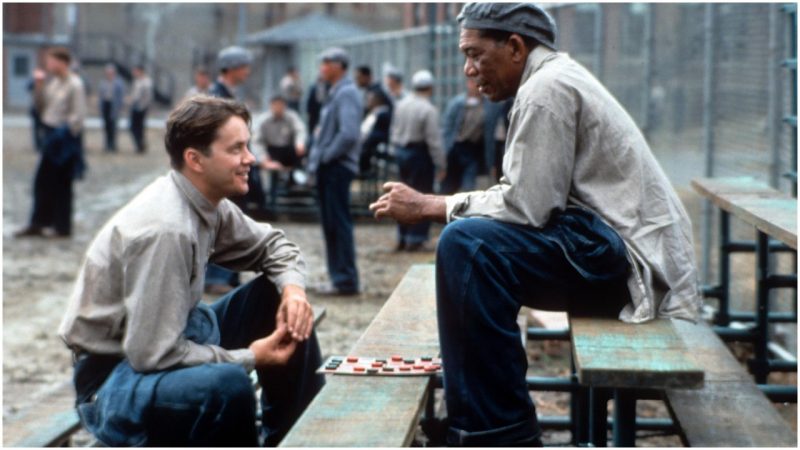A line delivered by a character in a Stephen King novella best describes the hundred-year history of a certain reformatory institution in Mansfield, Ohio. Built in Victorian and Romanesque styles to emulate a German castle, it was supposed to rehabilitate and reform juvenile delinquents at first. Adult lawbreakers came later on.
However, it succeeded at none of those goals. On the contrary, its inhumane conditions brought the worst out of the men within. As Andy Dufresne, the Shawshank Redemption banker sentenced for a crime he didn’t commit, famously stated: “It’s funny. On the outside, I was an honest man. Straight as an arrow. I had to come to prison to be a crook.”
The prison: 40 acres of land, countless eerie hallways, a thousand prison cells, and more than a million deteriorated bricks. Each with its own individual story just waiting to be told, out of the 150,000 inmates that at one point in time were housed within the walls of the Ohio State Reformatory, nicknamed “Dracula Castle.”
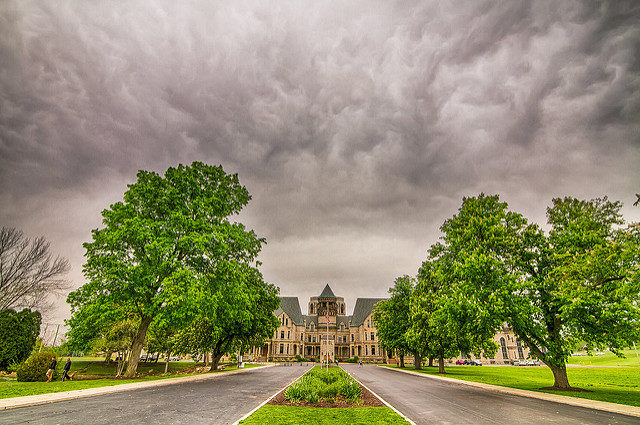
If these bricks could talk, they’d certainly scream about the horrors endured. For if this place certainly sucked the soul out of every prisoner who passed through its gates.
It’s no coincidence that director Frank Darabont and Stephen King chose this exact place to set his characters from the novella Rita Hayworth and Shawshank Redemption. Right here, in the Ohio State Reformatory, they brought to life The Shawshank Redemption, one of the finest films of the last 50 years.
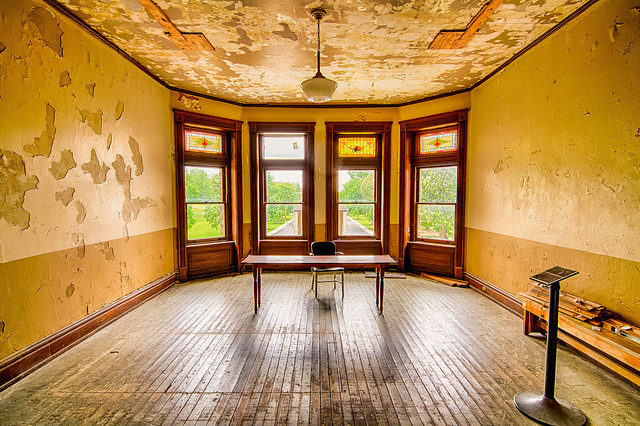
On November 4, 1896, when it was opened on the site of a former military training ground used during the Civil War, the place aimed to reform adolescent young men by giving them proper education, a place where they could learn trade skills and find peace within through religion. Composed as a spacious chateau, it was envisioned as a place for spiritual rebirth. At least that was what people from Mansfield and the state of Ohio were hoping when they hired Levi Tucker Schofield, the architect from Cleveland who designed the place.
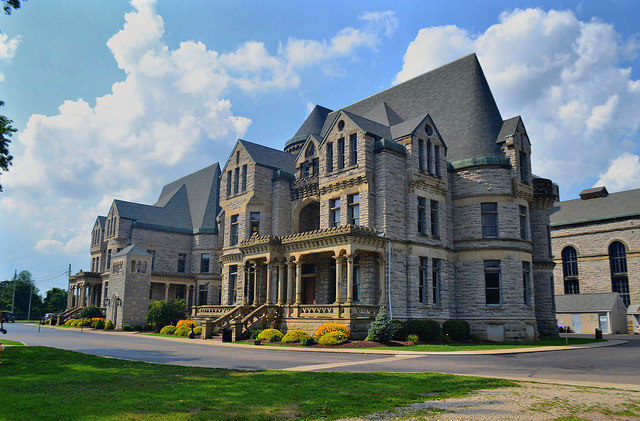
Truth be told, it started as such. In the beginning, around 150 young men aged 16 to 21 were instituted here and immediately given tasks to finish the construction that was still in progress. After the building was complete, or specifically the east wing that these laborers built, it became home to them and all those others who arrived afterward.
They built 600 cells in what is now considered by the Mansfield Reformatory Preservation Society to be the largest steel cell block in the world. The cells were planned to be used only for sleeping, for the “prisoners” were almost always outside of them, working on the farms near the premises or in the workshops within.
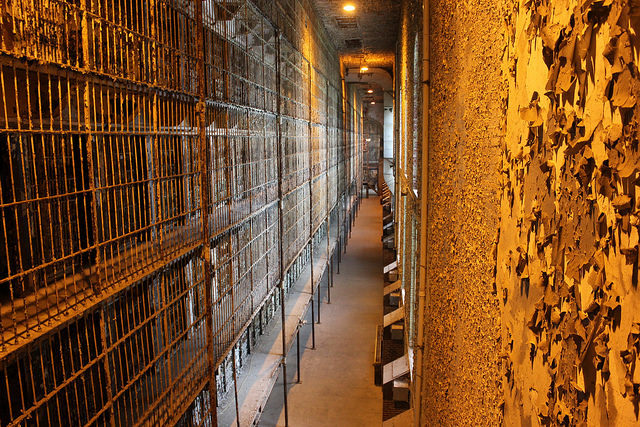
However, time went by and along came the 1930s and with it the Great Depression, dealing a harsh and unexpected blow to America’s economy. If Fyodor Dostoyevsky’s words “The degree of civilization in a society can be judged by entering its prisons” hold some truth, drawing a comparison can easily explain the “civilized” state of people living during those days in the United States, and how and why a juvenile reformation home for young souls who lost their way, came to be an overcrowded maximum-security prison for the forgotten ones in only a decade.
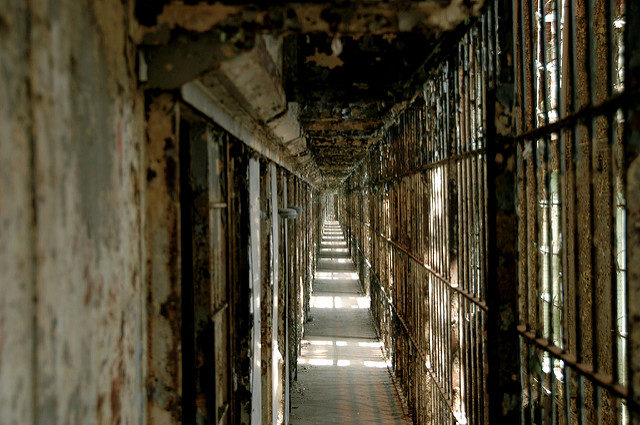
In a hard-struck economy, people lose jobs, homes, families, and all hope for living in dignity. Consequently, crime rises and with that the number of convicted criminals. Cells that once contained one prisoner at a time quickly housed three or even four inmates. Tensions between people living in these tiny cubicles rose to the extent that the primary goal of reforming regressed to only keeping the “I’m not even supposed to be here” type of inmates alive.
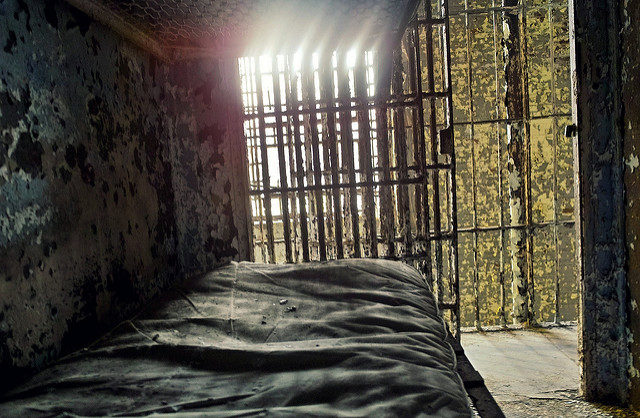
After two incidents, the security in the place was tightened to the extent that it became a maximum security prison and a brutal home for anyone considered a menace to society. In the first of these, in 1932, two convicted felons did away with a guard and made their escape out of this solitary hole, only to be caught and sent to the electric chair two years later. The second was the Mansfield spree of 1948, when, after receiving parole, two fellow inmates put six people six feet under in an act of vengeance.
With confined quarters now filled with hardened offenders, there were more violent feuds, injuries, and casualties. To keep up with the situation, discipline was tightened and much use was made of “The Hole,” a solitary confinement tucked away deep in the basement, far away from the eyes of the many.
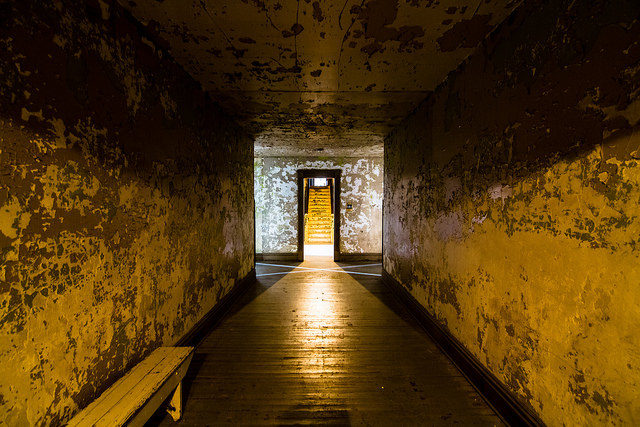
People inside had to adapt to the new conditions in order to survive, or as Ellis Boy “Red” Redding (Morgan Freeman) said in the movie: “Get busy living, or get busy dying.” The prison being overcrowded and understaffed led guards to take extreme measures in order to keep order inside, so the “The Hole” grew to be more of a practice than an exception. It is reported that after a prisoners riot, more than 120 inmates were confined there, in 20 windowless tomb-resembling quarters with nothing than a bed and a toilet inside.
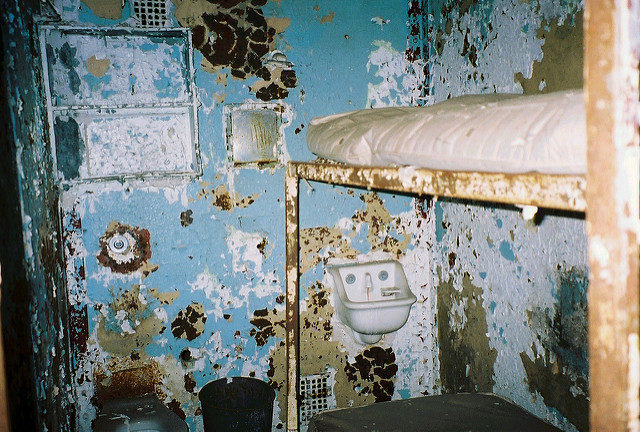
Under these conditions, many went mad or became seriously ill. The sanitation was neglected to the extent that people were reported to wear nets and shirts around their heads just so roaches wouldn’t creep inside their ears while sleeping. The violence and the unsanitary state inside made a prisoner’s life anything but ideal. Not that it ought to be by any means, yet the question still remains how reformed a man might be when he exited such a premise.
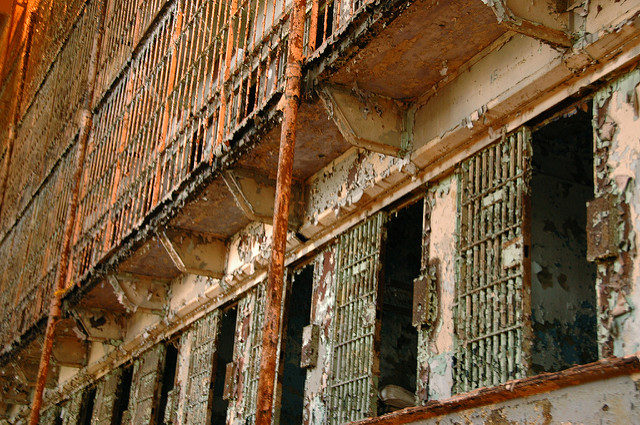
Many didn’t make it that far. In no more than a few decades, more than 200 people met miserable ends within these walls. Some from tuberculosis, dysentery, or influenza, while others from more violent means. The graveyard just outside is now the sole reminder of these people’s faith. With no name engraved, their headstone is marked only with their prison number.
In 1990 inmates finally spoke of their sufferings and filed a class-action lawsuit charging severe violation of their basic and constitutionally granted human rights, pointing out the “brutalizing and inhumane conditions” in the maximum security prison. The Ohio State Reformatory was officially closed by a court order.
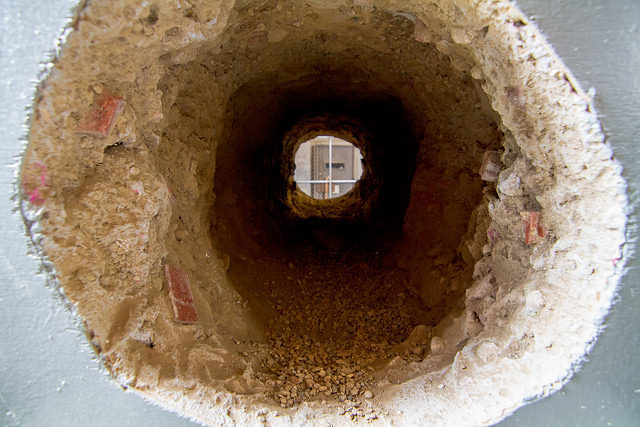
After that, the Ohio State Reformatory was given to the Mansfield Reformatory Preservation Society, which was tasked to keep the decaying state of the walls and ceilings inside, as well as the rust over the prison bars just as they were back then when these halls were filled with the loud noise of thousands and thousands of people constantly screaming for, or from, something.
Related story from us: Blanche Blackwell, lover of Ian Fleming and Jamaican heiress, dies at age 104
Deemed an attraction for paranormal believers, people frequently report hearing shrieks and voices inside or even being scratched or pushed by someone when they are taking part in organized “ghost hunts,” or coming the see the magical wall where a Rita Hayworth poster provided a fictional exit for one soul out of a callous place such as this.
